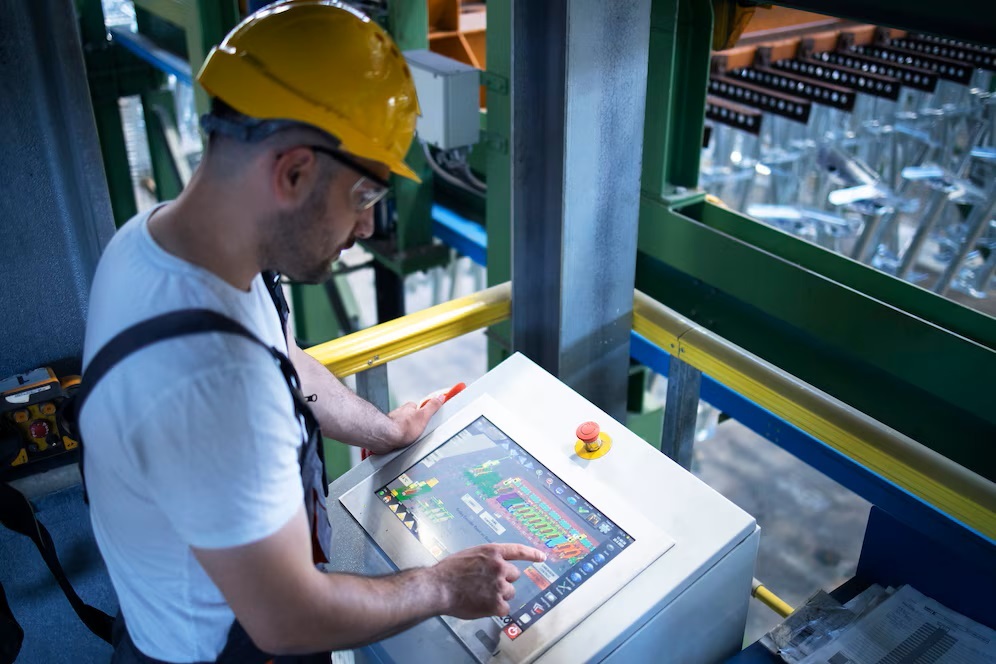In today’s fast-paced industrial world, monitoring and maintaining equipment is crucial for ensuring safety, efficiency, and longevity. One key aspect of this maintenance is high-temperature sensor monitoring. These sensors play an essential role in various industries, from manufacturing to energy production, by providing accurate temperature readings and helping to prevent equipment failures.
What is High-Temperature Sensor Monitoring?
High-temperature sensor monitoring involves the use of specialized sensors that can accurately measure and report temperatures in extreme environments. These sensors are designed to withstand high heat levels and provide real-time data that can be used to monitor and control processes. By integrating these sensors into their systems, companies can ensure that their equipment operates within safe temperature ranges, reducing the risk of overheating and potential damage.
Applications of High-Temperature Sensor Monitoring
High-temperature sensor monitoring is vital in several industries. In the manufacturing sector, for instance, many processes involve extreme heat. From metal forging to plastic molding, maintaining precise temperature control is essential for producing high-quality products. These sensors help detect any deviations from the set temperature range, allowing for immediate adjustments and preventing costly production errors.
In the energy sector, high-temperature sensor monitoring is equally important. Power plants, whether they rely on fossil fuels, nuclear energy, or renewable sources, often operate under high-temperature conditions. Monitoring these temperatures ensures that the plants run efficiently and safely, avoiding the risk of equipment failures that could lead to outages or even catastrophic events.
Benefits of High-Temperature Sensor Monitoring
- Enhanced Safety: One of the primary benefits of high-temperature sensor monitoring is enhanced safety. By continuously monitoring temperatures, these sensors help prevent overheating, which can lead to equipment failures, fires, or explosions. This is particularly crucial in industries where high temperatures are a constant factor.
- Improved Efficiency: High-temperature sensor monitoring helps maintain optimal operating conditions for equipment. When temperatures are kept within the recommended range, machines and processes run more efficiently, leading to increased productivity and reduced energy consumption.
- Cost Savings: Preventing equipment damage through high-temperature sensor monitoring can result in significant cost savings. Unexpected breakdowns can be costly in terms of repairs, replacement parts, and downtime. By using these sensors, companies can avoid such expenses and extend the lifespan of their equipment.
- Regulatory Compliance: Many industries are subject to strict regulations regarding equipment safety and environmental impact. High-temperature sensor monitoring helps ensure compliance with these regulations by providing accurate and reliable temperature data.
Implementing High-Temperature Sensor Monitoring
Implementing high-temperature sensor monitoring requires selecting the right sensors for your specific needs. Factors to consider include the maximum temperature range, sensor accuracy, response time, and durability in harsh environments. Once the appropriate sensors are chosen, they need to be integrated into the existing systems and connected to a central monitoring platform.
Regular maintenance and calibration of the sensors are also essential to ensure they provide accurate readings over time. Additionally, staff should be trained on how to interpret the data and respond to any alerts or warnings generated by the system.
Conclusion
High-temperature sensor monitoring is a critical component of modern industrial operations. By providing real-time temperature data, these sensors help ensure safety, improve efficiency, and save costs. As industries continue to evolve and demand higher performance from their equipment, the importance of reliable high-temperature sensor monitoring cannot be overstated. Investing in these sensors is a proactive step towards achieving optimal operational performance and long-term success.




